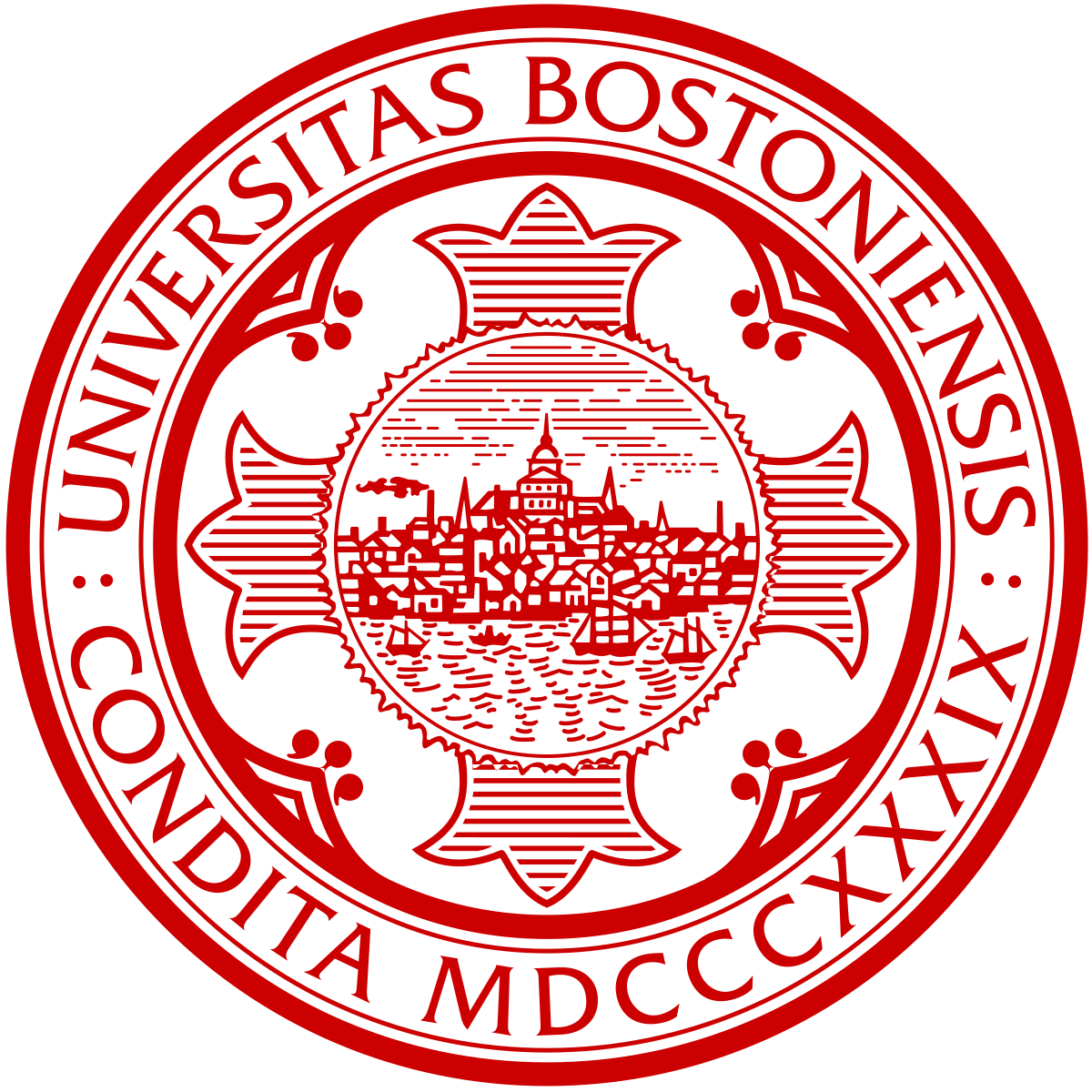Animate-X: Universal Character Image Animation with Enhanced Motion Representation
Character image animation, which generates high-quality videos from a reference image and target pose sequence, has seen significant progress in recent years. However, most existing methods only apply to human figures, which usually do not generalize well on anthropomorphic characters commonly used in industries like gaming and entertainment. Our in-depth analysis suggests to attribute this limitation to their insufficient modeling of motion, which is unable to comprehend the movement pattern of the driving video, thus imposing a pose sequence rigidly onto the target character. To this end, this paper proposes Animate-X, a universal animation framework based on LDM for various character types (collectively named X), including anthropomorphic characters. To enhance motion representation, we introduce the Pose Indicator, which captures comprehensive motion pattern from the driving video through both implicit and explicit manner. The former leverages CLIP visual features of a driving video to extract its gist of motion, like the overall movement pattern and temporal relations among motions, while the latter strengthens the generalization of LDM by simulating possible inputs in advance that may arise during inference. Moreover, we introduce a new Animated Anthropomorphic Benchmark (A^2Bench) to evaluate the performance of Animate-X on universal and widely applicable animation images. Extensive experiments demonstrate the superiority and effectiveness of Animate-X compared to state-of-the-art methods.

